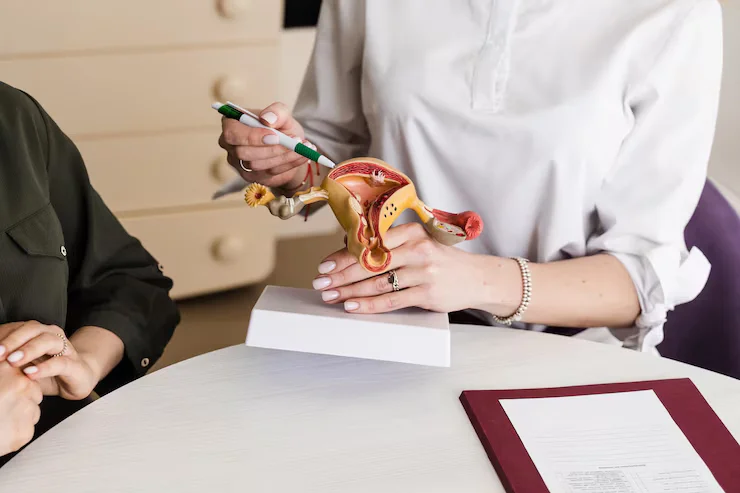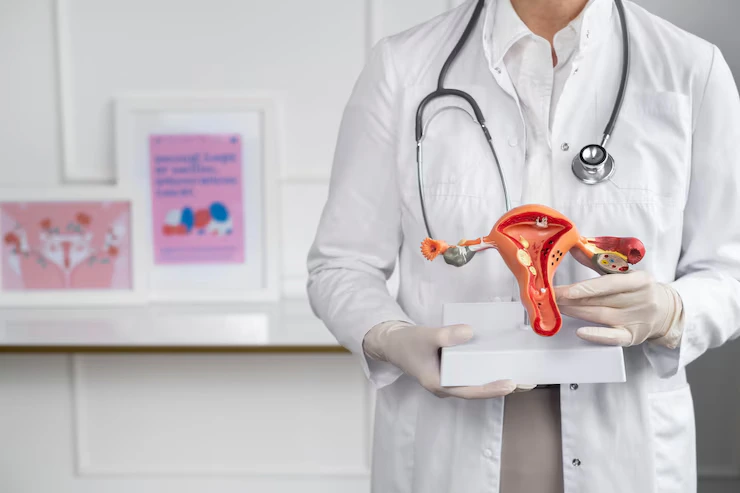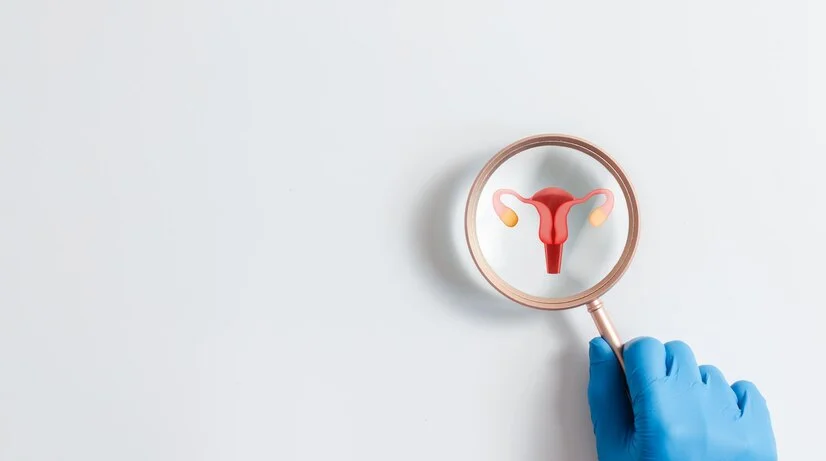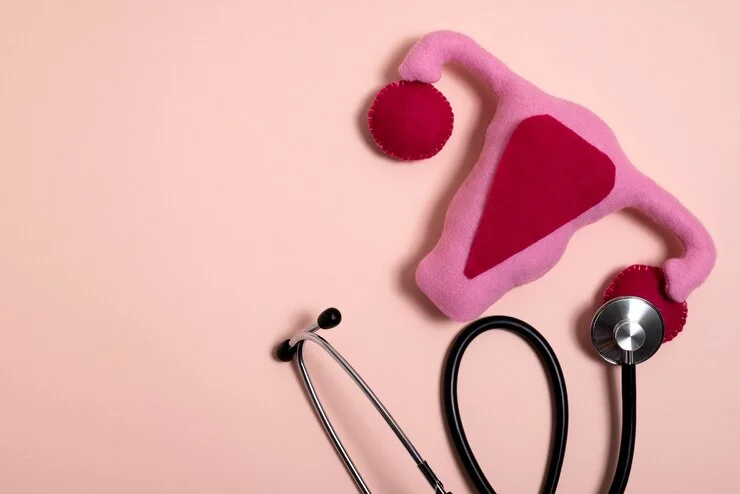-
Ganesh Talkies, Kolkata
Ganesh Talkies, Kolkata

Learn how to recover from hysteroscopic polypectomy with expert tips from one of the best lady gynecologists. Ensure a smooth healing process with our insights.

Hysteroscopic polypectomy is a commonly performed surgical procedure designed to remove uterine polyps. These polyps are non-cancerous growths that develop in the lining of the uterus, and while they are typically benign, they can cause issues such as abnormal bleeding, infertility, or pelvic discomfort. Thankfully, hysteroscopic polypectomy offers a safe and effective solution to remove these polyps while minimizing the risk of complications.
The good news is that recovery from hysteroscopic polypectomy is generally quick, especially when compared to more invasive surgeries. However, like any procedure, there are specific steps and tips that can help ensure a smooth and healthy recovery. In this article, we will explore how to recover from hysteroscopic polypectomy effectively, including what to expect during the recovery process, common recovery concerns, and actionable tips for optimizing your recovery journey.
Before we delve into the recovery process, it is important to understand the procedure itself. Hysteroscopic polypectomy is a minimally invasive surgical procedure performed using a hysteroscope, a thin, flexible tube with a camera and light attached. The procedure is carried out through the cervix, allowing the surgeon to visualize the inside of the uterus and remove any polyps present.
This procedure is typically performed on women who experience symptoms caused by uterine polyps, such as abnormal bleeding or difficulty getting pregnant. Since it is minimally invasive, it does not require any major incisions, which generally leads to faster recovery and fewer complications compared to traditional open surgeries.

Recovery after hysteroscopic polypectomy is typically quick, but it’s essential to know what to expect and how to manage your recovery effectively.
After the surgery, you will generally be able to go home the same day. The procedure is performed under local anesthesia, and most women experience minimal discomfort post-surgery. However, mild cramping, vaginal spotting, and bloating are common in the first few days after the procedure. Some women may also feel a little light-headed or tired, which is normal due to the anesthesia and the procedure itself.
A follow-up visit is usually scheduled within 2–4 weeks after your hysteroscopic polypectomy to ensure everything is healing properly. During this visit, your gynecologist will check for signs of infection, assess the removal site, and discuss your recovery progress.
While you will likely feel well enough to resume normal activities after a few days, it’s essential to allow your body time to heal completely. Most women feel comfortable returning to their regular routine within a week or two, but more strenuous activities, such as heavy lifting or vigorous exercise, should be avoided for about 4–6 weeks after the procedure.
You can also have a look at it:- Hysteroscopic Polypectomy Surgery: Indications, Recovery, and Lifestyle Changes

While hysteroscopic polypectomy is a minimally invasive procedure, proper care is essential to ensure a smooth recovery. Here are some of the most important tips for a healthy and quick recovery.
The key to a fast recovery is allowing your body to rest. While you may feel fine soon after the surgery, your body still needs time to heal. Avoid overexerting yourself in the first few days, and take time off work if necessary. Resting will help reduce fatigue, prevent complications, and promote the healing process.
It’s normal to experience some light bleeding or spotting after the procedure. This may last for a few days to a week. If you notice heavier bleeding or pass large blood clots, this could be a sign of complications, and you should contact your gynecologist right away.
You may also experience vaginal discharge, which is typically brownish or pinkish. This is normal and should resolve within a few weeks. Avoid using tampons during this time, as they can increase the risk of infection.
After the procedure, it’s important to avoid physical intercourse for at least 2–4 weeks. This will give your uterus time to heal and reduce the risk of infection. Your gynecologist will provide specific guidelines on when it’s safe to resume physical intimate activity based on your healing progress.
Some mild cramping or discomfort is common after hysteroscopic polypectomy. Over-the-counter pain relievers such as ibuprofen can help manage these symptoms. However, if you experience severe pain or discomfort that doesn’t subside with medication, contact your healthcare provider for further evaluation.
Your body needs proper nutrition to heal effectively. Ensure you eat a balanced diet rich in vitamins, minerals, and fiber. Staying hydrated is also important to help flush out any toxins and maintain your overall health.
Although rest is essential, it’s also important not to remain completely sedentary. After a few days of rest, you can gradually return to normal activities. However, avoid high-impact exercises, lifting heavy objects, and strenuous physical activities for about 4–6 weeks.
While complications are rare, it’s important to monitor your recovery closely. Watch for any of the following signs, which could indicate a complication:
If you experience any of these symptoms, contact your gynecologist immediately.

A: Bleeding or spotting is common after the procedure, and it usually lasts for 3–7 days. It may taper off gradually. If you experience heavy bleeding, contact your doctor right away.
A: In many cases, removing polyps can improve fertility, especially if the polyps were affecting your ability to conceive. However, it’s essential to follow up with your gynecologist and discuss your fertility goals.
A: Most women can return to light work after a few days of rest. However, it’s best to avoid any physically demanding tasks for at least 1–2 weeks.
A: Aftercare for hysteroscopic polypectomy is relatively simple, involving rest, pain management, and monitoring for signs of complications. Your gynecologist will provide you with detailed instructions.
Recovering from hysteroscopic polypectomy is typically straightforward and involves a few key steps to ensure a smooth healing process. By following the tips outlined in this article, you can help ensure that your recovery is as quick and comfortable as possible. Remember, while the procedure itself is minimally invasive, your body still requires rest and care to fully heal.
If you’re looking for professional guidance and support during your recovery, consulting with the best lady gynecologist in Kolkata can provide you with tailored advice and reassurance throughout your healing journey.
By following these simple guidelines and staying in close contact with your healthcare provider, you can recover confidently and return to your normal activities in no time.